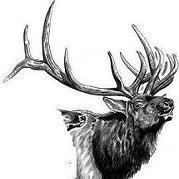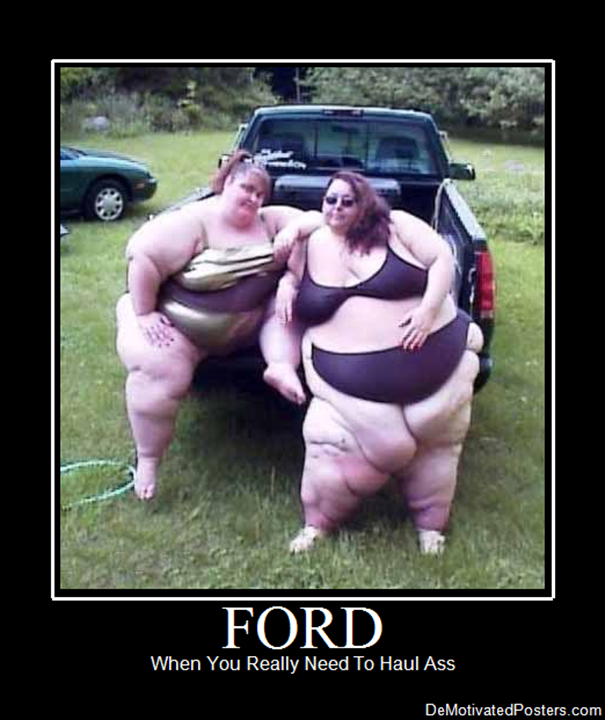Welcome To Mopar1973Man.Com LLC
We are privately owned, with access to a professional Diesel Mechanic, who can provide additional support for Dodge Ram Cummins Diesel vehicles. Many detailed information is FREE and available to read. However, in order to interact directly with our Diesel Mechanic, Michael, by phone, via zoom, or as the web-based option, Subscription Plans are offered that will enable these and other features. Go to the Subscription Page and Select a desired plan. At any time you wish to cancel the Subscription, click Subscription Page, select the 'Cancel' button, and it will be canceled. For your convenience, all subscriptions are on auto-renewal.
- Replies 34
- Views 4.7k
- Created
- Last Reply
Top Posters In This Topic
-
 AH64ID 12 posts
AH64ID 12 posts -
angus 7 posts
-
 dorkweed 3 posts
dorkweed 3 posts -
 rancherman 3 posts
rancherman 3 posts
Featured Replies
Did This Forum Post Help You?
Show the author some love by liking their post!
Welcome To Mopar1973Man.Com LLC
We are privately owned, with access to a professional Diesel Mechanic, who can provide additional support for Dodge Ram Cummins Diesel vehicles. Many detailed information is FREE and available to read. However, in order to interact directly with our Diesel Mechanic, Michael, by phone, via zoom, or as the web-based option, Subscription Plans are offered that will enable these and other features. Go to the Subscription Page and Select a desired plan. At any time you wish to cancel the Subscription, click Subscription Page, select the 'Cancel' button, and it will be canceled. For your convenience, all subscriptions are on auto-renewal.



Just got home from my 250 mile round trip out into the hill country of Ne, and brought home some cows.
Believe me, This has been bugging the hell out of me.
First of all, I decided to call on the big gun.
My Dad was an mechanical engineer, and I had quite an upbringing as a kid. a lot of principles were hammered home.. Almost Nazi style.
Now, 45 years later, some of these principles are a little hard to bring out of the archives! My career path took me out of the loop for studying and practicing the sciences.
Dad passed about 10 years ago, I sure miss being able to call him up and quiz him about how to build this, or what materials to use here..
So, I did the next best thing! I called my Uncle John. He is a tenured physics professor and rabid car builder. perfect.
I had him view my miserable attempts at explaining how the HP= T*RPM/5252 applies here.
He said: We all had some valid points, but more interestingly was some points were correct, but for the totally wrong reasons.
First off:
My analogy of the 2 electric motors with identical torque, but double the speed. motor #1 would indeed have 1 horsepower, and would lift the 550 lb weight in 1 second. Motor #2 would then indeed have 2 hp. only because it's turning 2x the speed. It would indeed lift the weight at 2x the speed as the 1 horse motor. I was wrong there.
He said I need to forget the initial acceleration of this weight.. and concentrate ONLY on the performance of the weight going up the rope.
he said both motors will struggle momentarily as they spin up to speed.. Motor 2 will struggle just a tad longer ONLY BECAUSE IT HAS HIGHER TO GO.. AND spin up time will be longer.
This is no consequence. It's the performance of the speed of the weight After the initial acceleration.
What this boils down to, is torque is what moves the weight at the certain speed. John pointed out that it doesn't take any more energy to move the weight upward regardless of speed (well until air resistance becomes a factor!)
since both motors are equal torque, they are able to lift the exact same amount of weight. Motor #2 will do it 2x faster, not because of the HP, but because it's wired to run that rpm in the first place.
John said we need to look at HP as an 'after effect'. It's the PROOF of work being done, or the potential of work to be done.
again, this is after both motors have accelerated the weight to it' full potential.. then the test begins.
Now, look at it this way: after the test, we can now measure the performance of both motors. #1 did a 1 foot per second, #2 did it in half the time. both with identical torque. Because of this fact, the #2 motor did in fact move the weight in half the time, it should be considered 2 hp.
HP again should be looked at as the 'after effect'.
Why? John told me to visualize both motors doing their finest with the weights attached.. and pulling the weight up a 100 foot cliff. (for better visualization here). Halfway up both runs, I take an additional 55 lbs and put on each as they buzz by. Both motors will suffer proportionally, actually this would be 10%. means Motor #1 is now hoisting the weight 10.8 inches per second, and motor #2 would be hoisting the weight 21.3 inches per second.
Now, lets apply this to 2 identical cummins powered vechicles. both are bone stock. but one will have a governor that stops ALL rpm progression beyond 3400.. and the other having this stop @ 1700. Both will have identical fueling properties.
Engine 'a' will be exactly double the HP of Engine 'b'. This is because of the doubling of the rpm. Both here have exactly the same torque. (same fueling, same air)
Both are also geared identically too.
What's the difference? MAX SPEED. Both will accelerate side by side.. and when the governor kicks in on the slow motor.. that truck will march along @ what, 55 miles per hour... while the other truck continues up to 110. Why? not because of the HP. it's because the governor allowed it to.
This is where we need to look at HP as the AFTER EFFECT. Yep, that motor propelling the truck down the road at 110 mph was indeed making double the horsepower... only because it was allowed to spool up to double the rpm.. But no more fuel for the acceleration, than the first motor was added. The acceleration and maintenance level of fueling is next on the list;
John told me about the 'butt feel' of why our trucks seem to 'hold better' at 2500 rather than 16-1700 starting point..
Look at where we are at on the torque curve. Even though 1700 and 2500 are pretty even for torque, the guy that is @ 1700 is right on the brink of falling off the cliff.. The guy already @ 2600 has 900 rpm of 'play' before the truck falls off. John said momentum helps.. for a split second! not what I'd call a real helper!
So, lets now apply this to the 2 cummins powered trucks from the last paragraph.
Lets send them both down the road @ 55 mph. (remember, the one truck is governed for 1700, and this is all it has) Both are turning the same rpm.. both are burning identical fuel. Both are producing identical torque... they have to be, otherwise one would be traveling faster than the other..
Since both are fueled identically, the outputs will be identical right up to the point the slower governor stops all upward rpm change. this is where the faster engine begins to pull away from the slower one horsepower wise.. and we are now looking at the electric motor example from waaay above!
Both motors are identical in torque, but because of the rpm difference, the faster one is double the horsepower.
What really needs to be said here is.. no diesel 'makes' torque, (above what is required to maintain a rpm at a no load situation) unless it's needed.
If I keep my foot on the throttle, and have a no load situation on the engine, only a very little amount of fuel is required to maintain the set rpm. It takes very little fuel to keep a non loaded engine at a set rpm. If we could measure the amount of this torque, it'd be minimal to say the least.
So, back to our 2 identical trucks. traveling side by side. Both are CAPABLE of maxing out the torque at say 450 ft. lbs. In order to maintain 55 mph, let say they need enough fuel to produce 120 ft. lbs at the crank to maintain this speed. Or about 40 horsepower.
Lets now introduce them to a hill. still side by side. who thinks the double hp truck will walk away from the other one?
It's a tie. sorry. both will lug to death at the exact same rate. Both are putting down the exact same torque to the rear tires, both are injecting the same max fuel. Why doesn't the double hp engine pull away? because it's not turning the rpms to PRODUCE the double HP. Since it didn't make the rpms, it never reached it's potential.. this is where we need to look at HP as an after effect. You must have torque, AND rpm to produce HP.
John basically told me this as the exact same way he has answered a lot of gear heads in his classes. He also kicked my *** for a couple of knuckle headed answers I gave as well.
"bench racers" will conjecture.. and myths are rampant.. but physics are physics.
I offer my humble apology for any bad thoughts I might've had over the past days posts.
Robert, rancherman